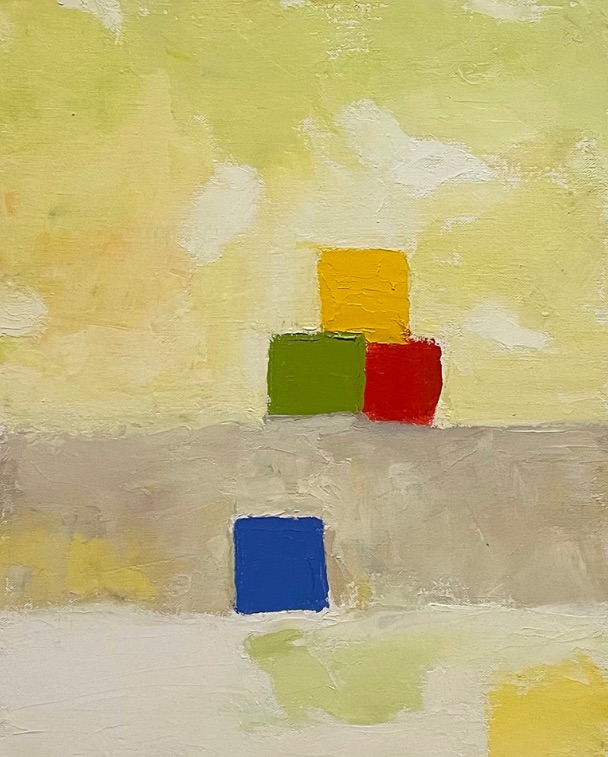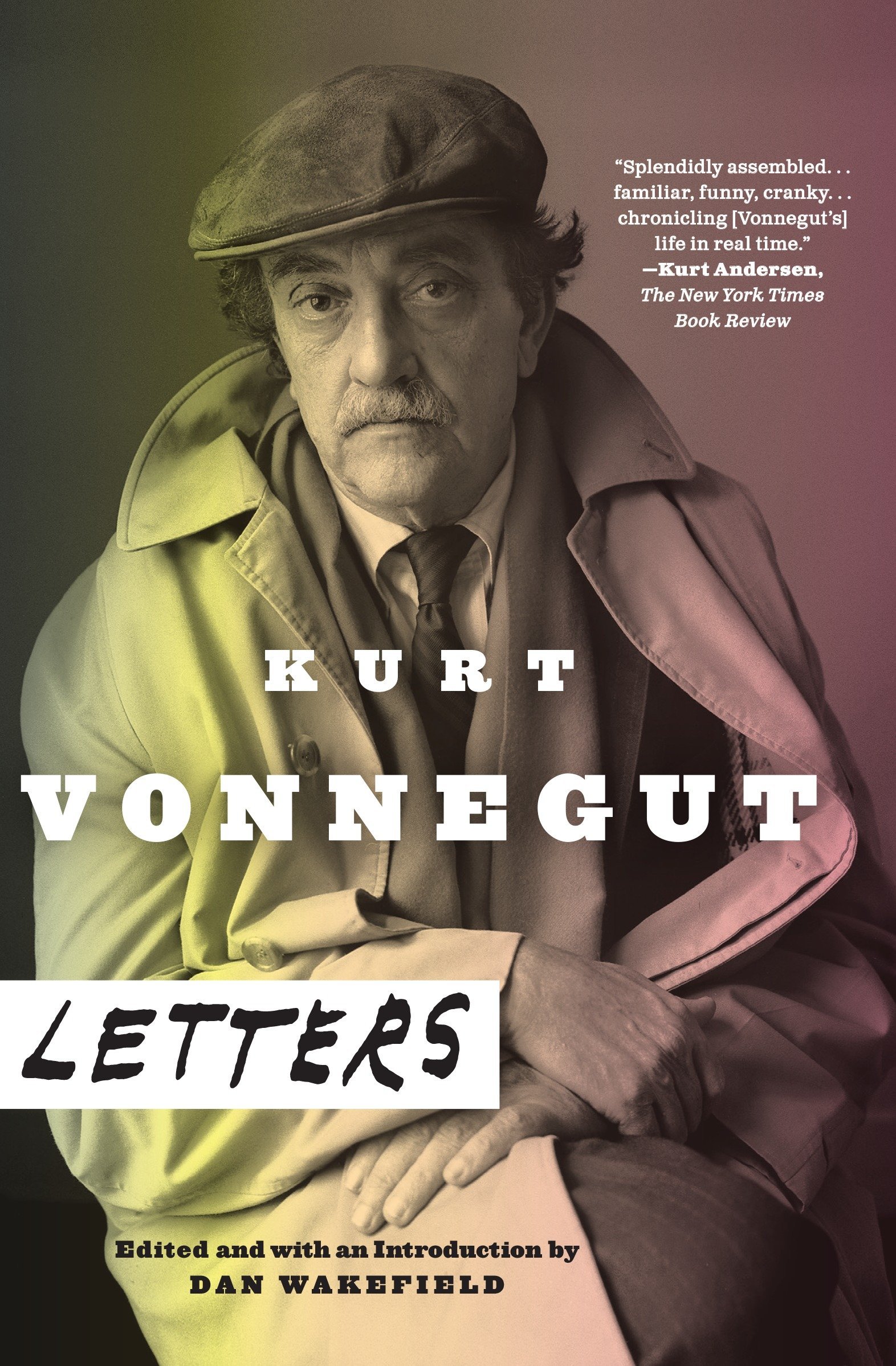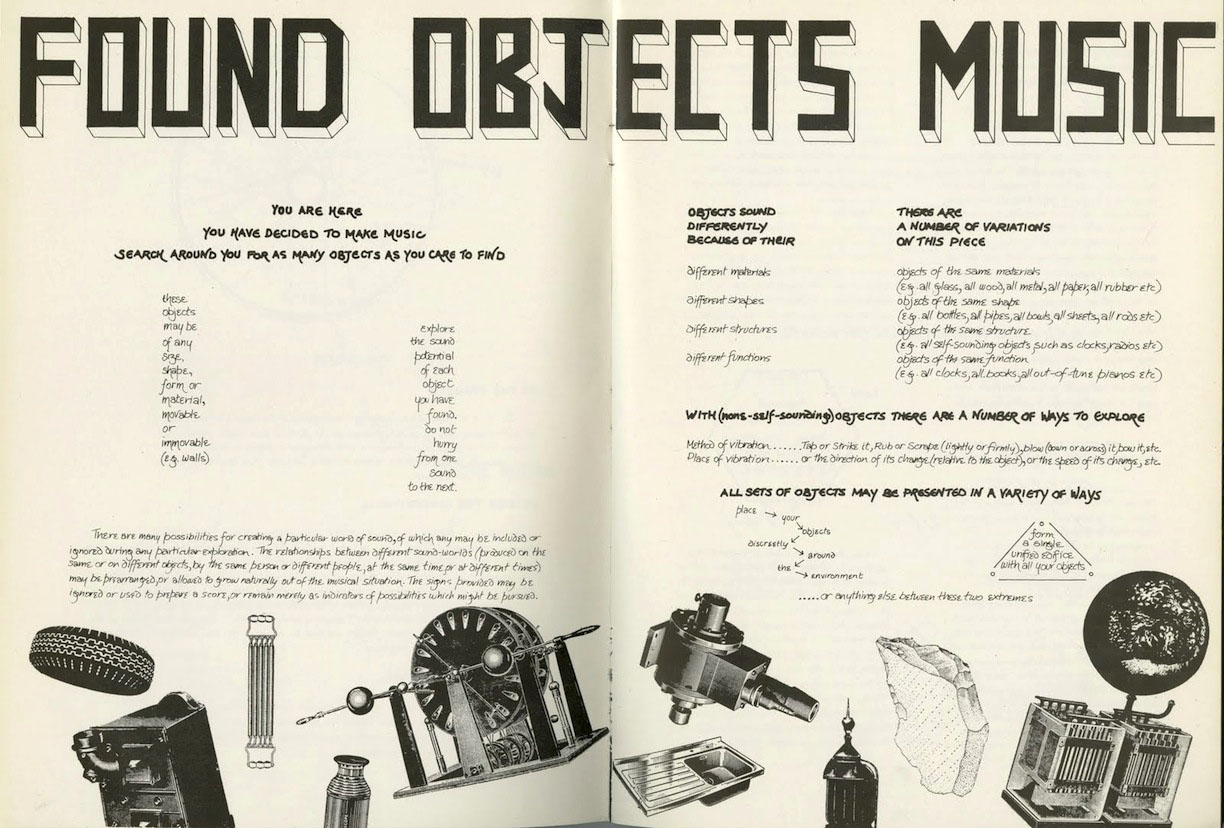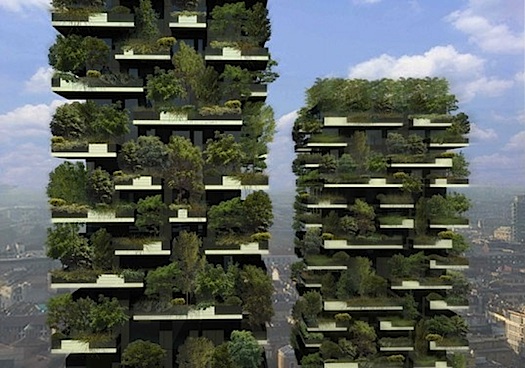In the weeks leading up to artist and poet Etel Adnan’s death, our instagram feed was flooded with images of her work as though the world could feel her passing. Her striking paintings have been called “talismans”, “declarations of love”, and reminders of what Adnan called “day-to-day bravery”. They made us seek out her work in exhibitions and in books written both by her —there are many —and about her. In Etel Adnan by Kaelen Wilson-Goldie, the only book we could find about her life (available used and at the library), we found some powerfully illuminating ideas in league with color plates of her paintings. We kept the book open for weeks so we could live with them.
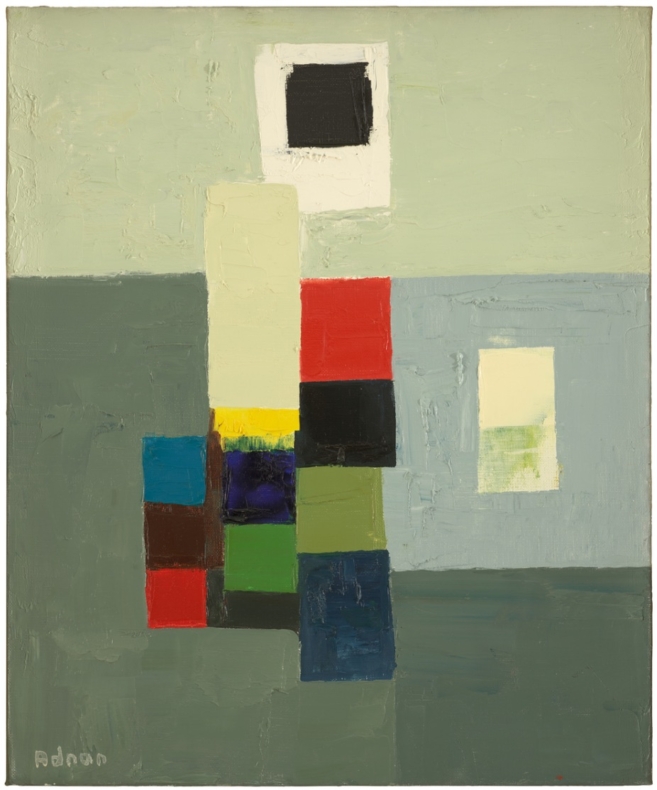
Writes Wilson-Goldie:
Adnan has often said that in the early days of her painting practice, when she didn’t know where to begin, she would start by painting a red square. Scan through her work and you’ll find hundreds of them…It was a trick she used to set her hands in motion, a spark of visual pleasure to jumpstart her ideas.
…Adnan loves red… she says she finds the color joyful, vivid, passionate, sometimes revolutionary, rarely suggestive of violence or rage. She says it is the one thing that pulls a painting together.

We love the idea of a visual mark that sets all others flowing, and which would act also as the works unifying force. We have found that in writing, setting a kernel of an idea down in the middle the page and writing from it, jumping around the page as other ideas came, would catalyze the piece. Adnan’s red square makes us wonder what the singular, personal catalyst might be for many of the things we want to do or make.
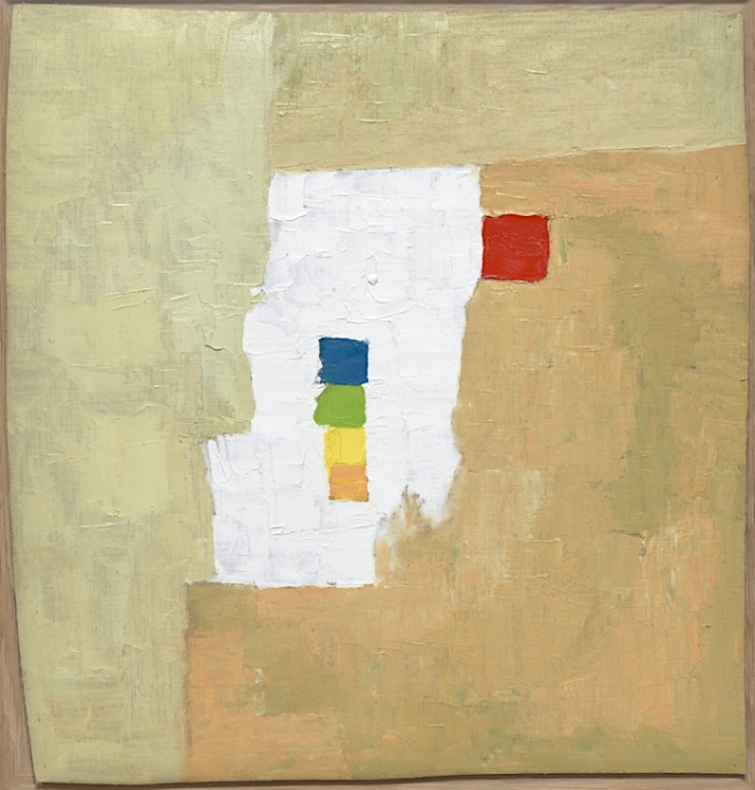
and Mrs. Cornelius J. Sullivan Fund
But even with a catalyst in play, nothing will move forward without the other essential quality that Adnan employed:
I’m writing as a person who comes from painting. By that I mean…you trust your colors and your shapes, your gestures. You trust that something beyond that will come through even if you don’t know exactly what. You know that you are not just decorating the surface. You know that you are saying more… I would insist on the word abstract, or what people call non-figurative painting, which is like music. I like to reach a depth of meaning that has nothing to do with words even if I use words. We want to tap a source from where the words come. There is a non-figurative world that is ours.
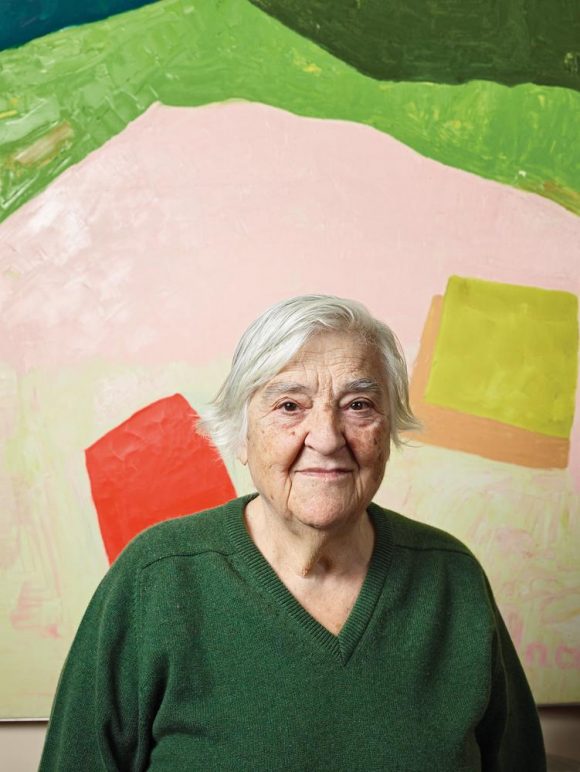
This little film is a wonderful introduction of Adnan. The story of how she found painting is extraordinary: she was willing to listen and to trust the source she found…
We recommend Maria Popova’s lovely piece on Adnan in the Marginalian.

